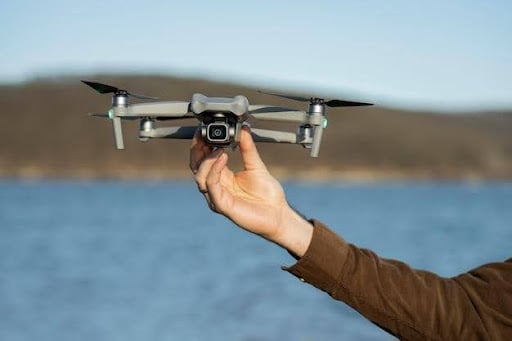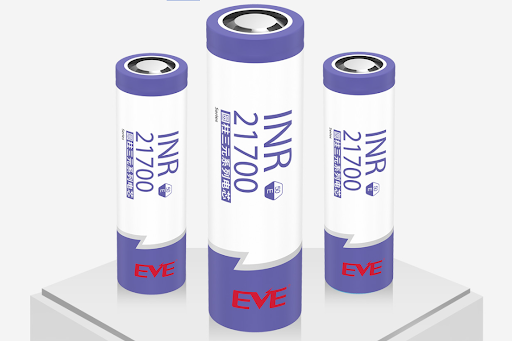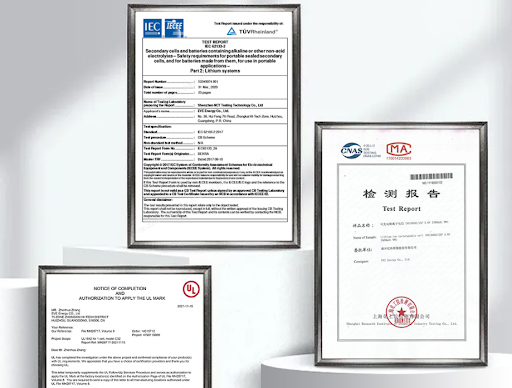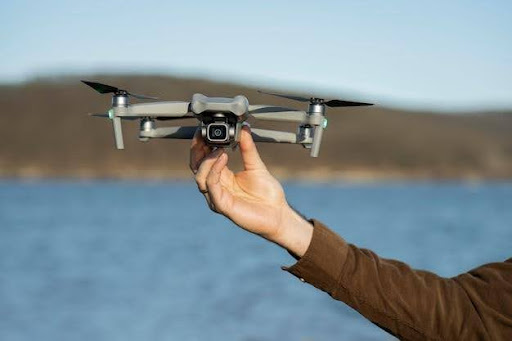Unmanned aerial vehicles use high-resolution sensors, immediate data transmission, and autonomous flying to aid precision agriculture, infrastructure inspection, environmental monitoring, and military UAV battery systems. A long-life drone battery should have high energy density, appropriate discharge rates, and a smart BMS for power distribution and temperature control. Also, cycle life and battery endurance should be considered in different environments.
As we marvel at the wide applications of UAVs, one question consistently rises to the surface: how do we ensure these devices maintain their operational excellence for extended periods? The answer lies in the heart of the drone—the battery. With the growing demand for longer flight times, the choice of a long-life drone battery has become a critical decision for both commercial and recreational drone users.
Common Drone Battery Types

Li-ion
The drone industry relies on Li-ion batteries thanks to their high energy density and extended cycle life. They maximize flight duration and shipment with a greater energy-to-weight ratio. A basic 4S Li-ion pack may hold 3,000 to 5,500 mAh while being lightweight for long journeys. The low self-discharge rate of Li-ion batteries keeps them charged for long durations. It keeps drones ready for deployment after lengthy storage. Being able to endure many charge-discharge cycles renders them a long-life drone battery. Li-ion batteries with thermal management systems decrease overheating in high-drain applications like drones for better safety. Professional and amateur drone operators find Li-ion batteries worth the increased initial cost owing to their dependability.
Ni-Cd
Ni-Cd batteries, formerly ubiquitous in early drone models, now have downsides that restrict their use. Most Ni-Cd batteries suffer from memory effects. That’s where partial discharge cycles lower effective capacity. Frequent complete discharge cycles complicate upkeep and increase the danger of over-discharge. Since Ni-Cd batteries have lower energy densities than Li-ion batteries, they are heavier for the same capacity. It affects drone flying times and maneuverability. Ni-Cd batteries also self-discharge faster, depleting energy faster while not in use. Cadmium, a dangerous heavy metal, requires tight disposal laws to avert environmental pollution. Finally, Ni-Cd batteries’ poor charge efficiency means longer recharge durations. It lessens drone operating readiness.
LiPo
LiPo batteries are prevalent in drones owing to their rapid discharge rates and adaptability. Yet, they have multiple hitches. LiPo batteries may bloat and explode if mishandled. Their thin separators and volatile electrolytes might cause thermal runaway. So, specific charging equipment and monitoring help avoid these dangers. LiPo batteries have a shorter cycle life than Li-ion batteries. It calls for periodic substitutions and increases operating expenses. Due to their proneness to overcharging and deep discharging, incorrect treatment might decrease their life. LiPo batteries also need harmonious charging to charge all cells equally, which complicates care. Their rapid discharge rates facilitate high-powered drone operations. Still, the drawbacks render them unsuitable as long-life drone battery solutions for consumers who value trustworthiness.
5 Factors to Consider When Choosing Drone Battery
Capacity
Battery capacity matters when buying a drone. MAh (milliampere-hours) determines flight duration. High-capacity batteries lengthen flying durations but add weight. For example, a 5000mAh battery can power a drone for 20–25 minutes under ordinary conditions. Along these lines, balance is vital for a long-life drone battery to have optimal capacity and weight.
Size and Weight
Drone performance depends on size and weight. Bigger batteries weigh more while cutting mobility and power. Battery efficiency is best with small, strong batteries. For instance, you may consider Li-ion batteries for their high energy density and low weight. Henceforth, a good size provides a long-life UAV battery life without affecting flying characteristics.

Voltage
Voltage determines battery power output. Matching battery voltage to drone motor specs is key. For example, a 3S (11.1V) battery may work for many small to medium drones. On the other hand, 4S (14.8V) batteries are more powerful but need suitable electronic speed controllers. Consequently, proper voltage selection assures drone battery reliability.
Discharge Rate
A battery’s discharge rate, or C-rate, reflects its power delivery speed. Higher C-rates help high-performance drones that need fast power. E.g., a 30C battery can discharge 30 times its capacity for racing drones. Matching discharge rate to drone needs enables long-life drone battery backup.
Cycle Life
Cycle life alludes to the number of charge/discharge cycles a battery can tolerate before losing capacity. For example, high-quality batteries may claim 300-500 cycles. Charging, storage, and use affect cycle life. Use a battery with a high cycle life rating for long-life drone battery operation.
EVE’s 21700 50E Cylindrical Cell Battery
The EVE 21700 50E cylindrical cell, with 5000mAh and 3.65V, is a long-life drone battery. Durable, it sustains 1000 cycles. It also performs well in high-drain uses, including electric autos and auto-guided transit. Plus, its long life and large capacity render it fit for airborne operations. The battery meets high safety standards, passing certifications such as CB, UL1642, and UN38.3, which is crucial for industries where safety is a top priority.
With a focus on both high energy and safety and backed by EVE’s 23 years of technological expertise, this battery is a reliable choice for a wide range of uses, including electric vehicles and auto-guided transport systems.

Conclusion
EVE has elegant rechargeable battery technology that boosts energy density and cuts weight for UAVs. The firm uses a patented thermal management technology for security. Its long-life drone battery outlasts traditional lithium-ion ones. EVE’s vehicle battery management system maximizes charge cycles and efficiency with continuous surveillance and adaptive control algorithms. Finally, EVE’s modular architecture simplifies scalability and incorporation into energy storage systems.
Interesting Related Article: “3 Factors Influencing Drone Flight Time“







